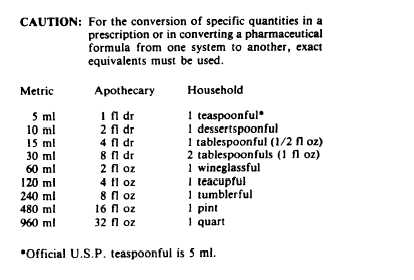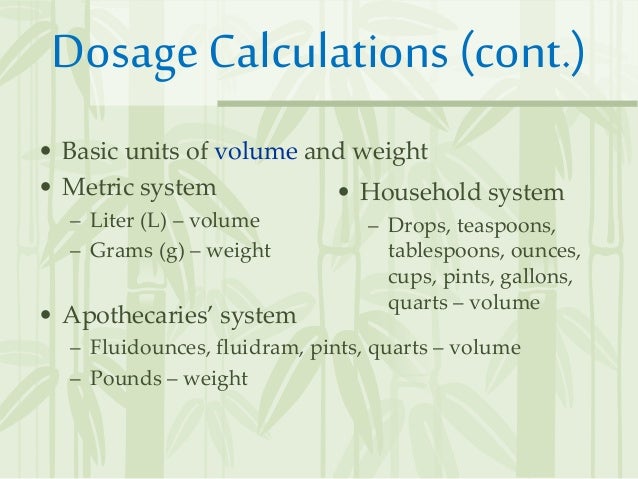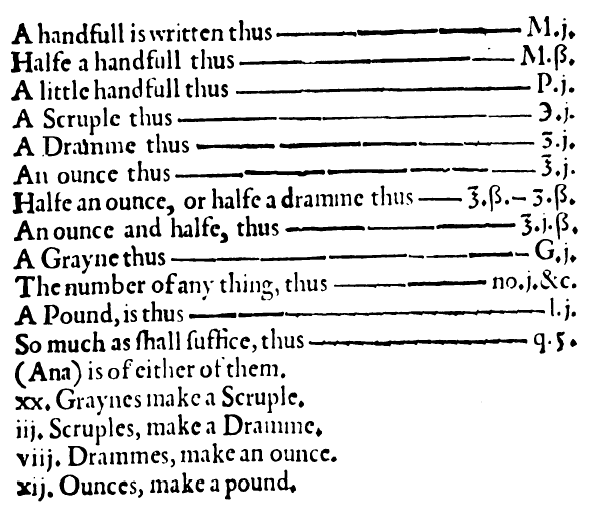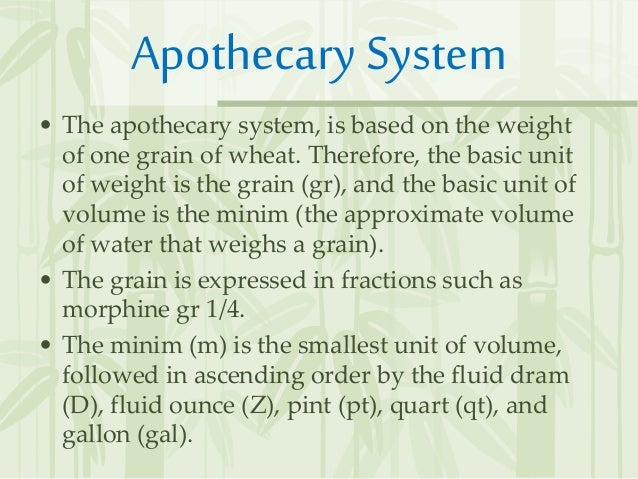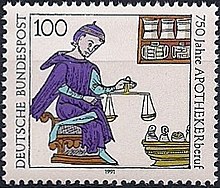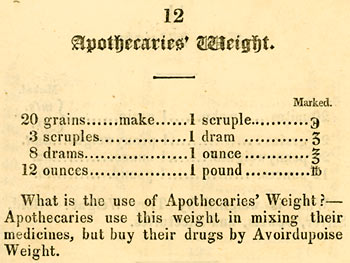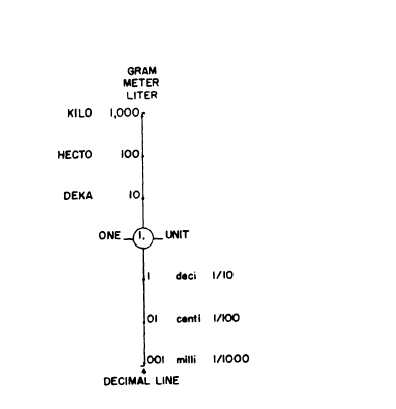Apothecaries' system
The European apothecary weights or Medizinalgewichte were obrigkeitlich fixed mass units. In 1872 they were replaced by the gram weight in the German territory covered. The pound weight pharmacists, including the individual dimensions in the dimensional chain, was quite different. Pharmacist weights were in use in the second third of the 19th century by the mid-13th century to about.
History
Two related systems dominated in Europe:
- Continental Europe: the Nuremberg pharmacist pounds
- In the British Isles: the British pound pharmacist
Both are in the ratio 24:25.
The abolition of the apothecary weights began at the end of the 18th century. France introduced the metric system already under the bourgeois reign of terror a on August 1st 1793. Germany followed in steps until no later than the founding of the German Empire in 1871. In Britain, the pharmacist had weights to 1971 legal validity, in the United States today.
The chain components of Medizinalgewicht was many regions of Europe like so:
Comparison values
Substituting 1 pharmacist Weight ( German ) with 500 grams, then correspond
The Nuremberg apothecary weights
The Nuremberg pharmacist Gran defined: 19600 Nuremberg Graen - equal to 980 Nuremberg scruples - weigh exactly three Karl pounds.
Long before the pharmacist pounds should be in 1872 finally abolished in Germany - as a commercial weight was already since 1834 the Zollverein pound to exactly 500 grams - the units were first determined new, so they got on the metric scale "smooth" values . Here, the Kingdom of Bavaria took over under the leadership Montgelas a pioneering role.
The resolutions for the Unification of Weights and Measures in Bavaria (1809-1811) stipulated that the Bavarian trade pounds exactly 560 grams and the Nuremberg pharmacist pounds should weigh exactly 360 French Dezimalgramm. ( The city of Nuremberg itself was Bavarian since September 1806. )
During the 19th century, took over the other German countries - including Austria - this value. Had England also bowed to Montgelas'schen reform value, the English Grain would now be in the mass of (360 ÷ 24 × 25 × 5760 ÷ 1000 = ) 65.104 166 mg, instead of just 64.8 mg.
The historical value is 0.1334 % smaller than the 7- smooth value. The reform value of 1811 is 0.4694 % greater than the 7- smooth value and 0.6036 % greater than the historical.
Material obtained pharmacists weights of the 19th century usually have the form of small square truncated pyramids of yellow metal with repousse names, made of thick sheet metal stamped, unmarked quad, triple and double eyelets (see illustrations), or small square sheets of thin sheet metal with embossed numbers and a Backslash as a handle ( the numeral is often behind the symbol of the unit). Important place of manufacture was Nuremberg.
The Viennese pharmacist weights
In the Austrian crown lands was the Vienna - Medical- pounds. This Viennese pharmacist weight was wrong with the Nuremberg match, but was heavier, and indeed corresponded to a pound of 420.0450 grams. In addition there was the following subdivision: 1 lb = 12 ounces = 24 ounces = 96 Quintlein or drachmas = 288 = 5760 Gran scruples (or 1: 12: 2: 4: 3: 20).
The UK pharmacists weights
The Ratio of the British pound pharmacist - ie the Troypfunds - for Karl pounds is exactly 45: 49 Ratio: 25: 24 vs. the value of Nuremberg. The 7- smooth values correspond to a grain of exactly 64.8 mg. The 1958 official weights are 0.0017 % smaller than the 7- smooth values .


